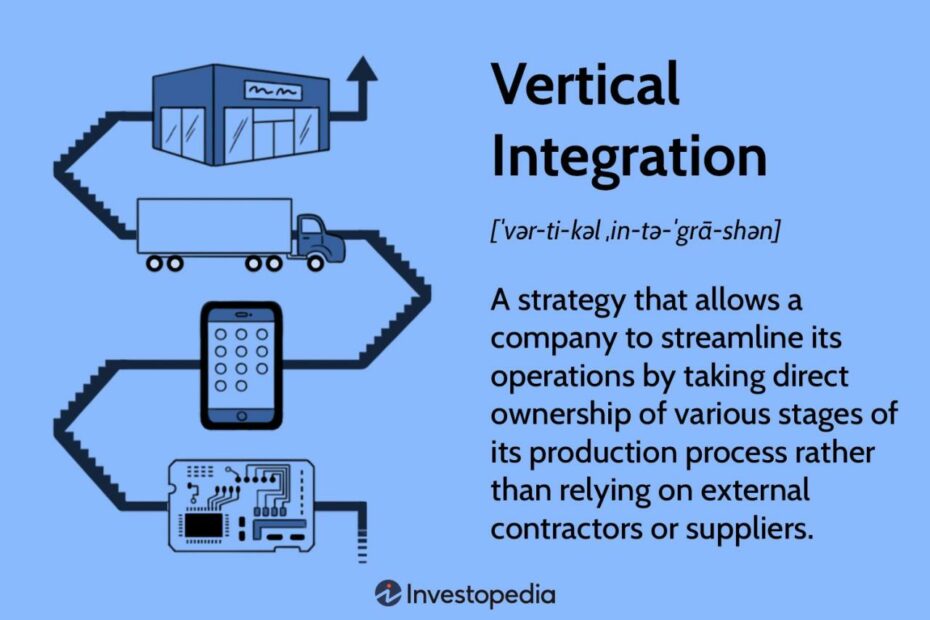How Does Vertical Integration Create Value In Business?
Horizontal Integration Vs Vertical Integration: With Definition \U0026 Comparison Chart
Keywords searched by users: How does vertical integration create value Vertical integration examples, Vertical integration là gì, Horizontal integration, Apple vertical integration, Upstream vertical integration, Forward vertical integration examples, Degree of vertical integration, Difference between horizontal and vertical integration
How Does Vertical Integration Benefit A Company?
Vertical integration is a strategic approach that offers numerous advantages to a company. This business strategy involves a company taking control of various stages of its production process, from raw materials to distribution. By doing so, it can effectively reduce costs in multiple facets of its operations. For instance, when a company owns its suppliers or manufacturing facilities, it can negotiate better deals, streamline production processes, and eliminate middleman markups. This not only leads to cost savings but also bolsters quality control since the company can closely monitor and maintain the standards of its products or services throughout the entire production cycle. Additionally, vertical integration facilitates the seamless flow of information across the entire supply chain, ensuring that critical data and insights are readily accessible, which further enhances decision-making and overall efficiency. In summary, vertical integration is a multifaceted strategy that empowers a company with cost reduction, quality assurance, and improved information management throughout its operations.
How Does Vertical Integration Add Value?
Vertical integration, a strategic approach in which a company controls multiple stages of its supply chain, can significantly enhance overall value creation. By overseeing the entire production process in-house, an organization can achieve several crucial advantages. Firstly, it often leads to reduced transportation costs as goods no longer need to be shipped between various external suppliers, thereby cutting down on expenses. Additionally, vertical integration can streamline turnaround times, enabling quicker production and delivery of products to customers. Simpler logistics management becomes possible as all stages of the supply chain are under the company’s direct supervision. This holistic approach also enhances product quality, as the company maintains direct control over the selection and quality of raw materials used throughout the manufacturing process. Ultimately, these benefits combine to bolster the company’s competitiveness and bottom line. (Note: The date “30 thg 5, 2023” is not relevant to the topic and has been omitted.)
Collect 38 How does vertical integration create value
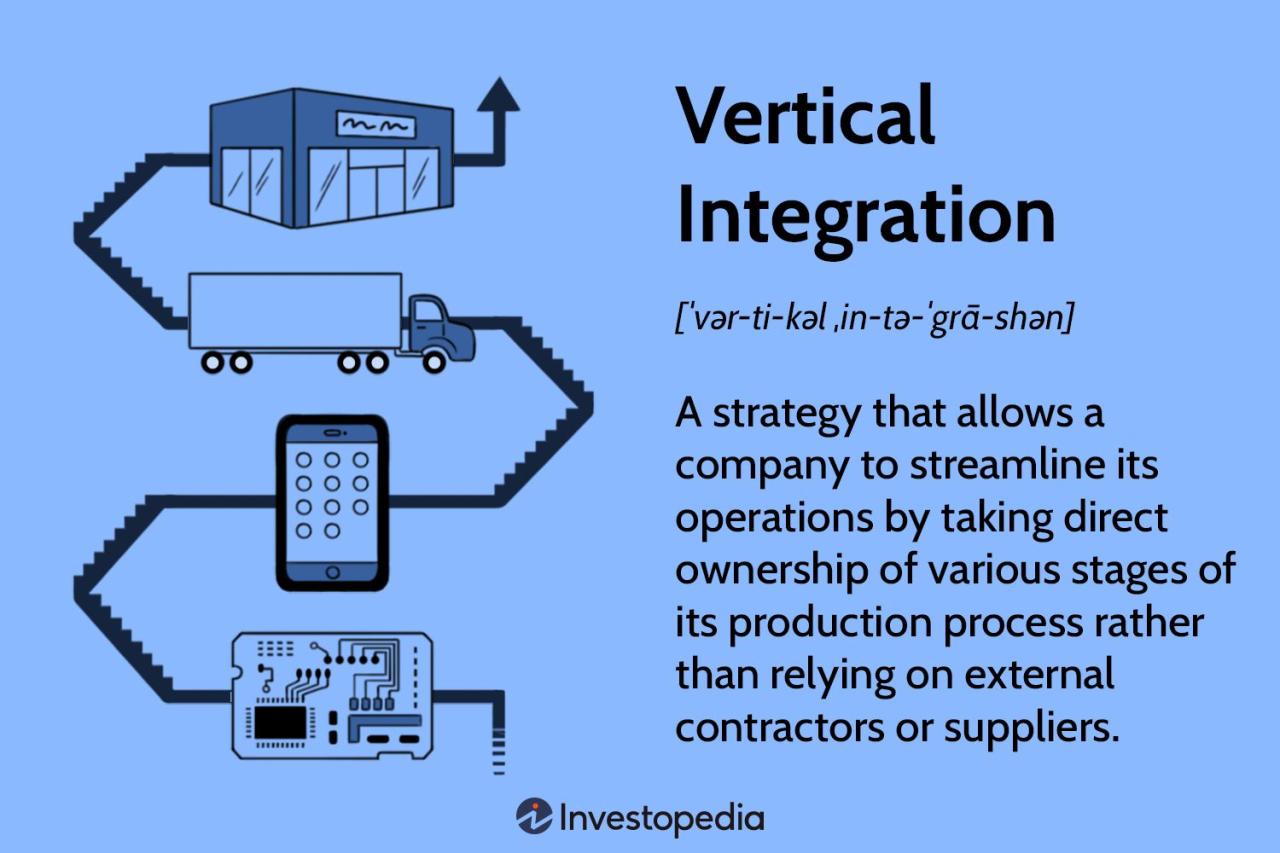

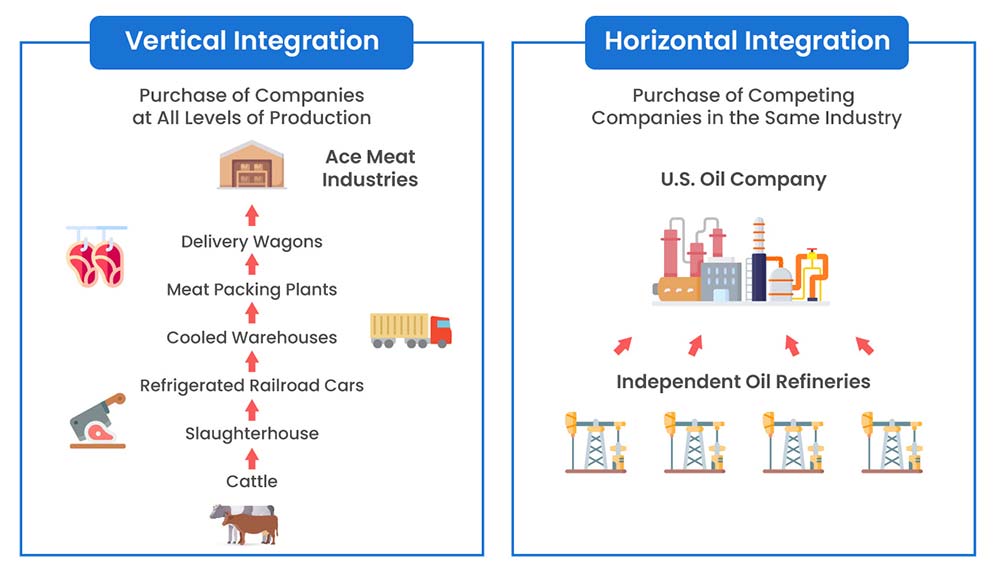
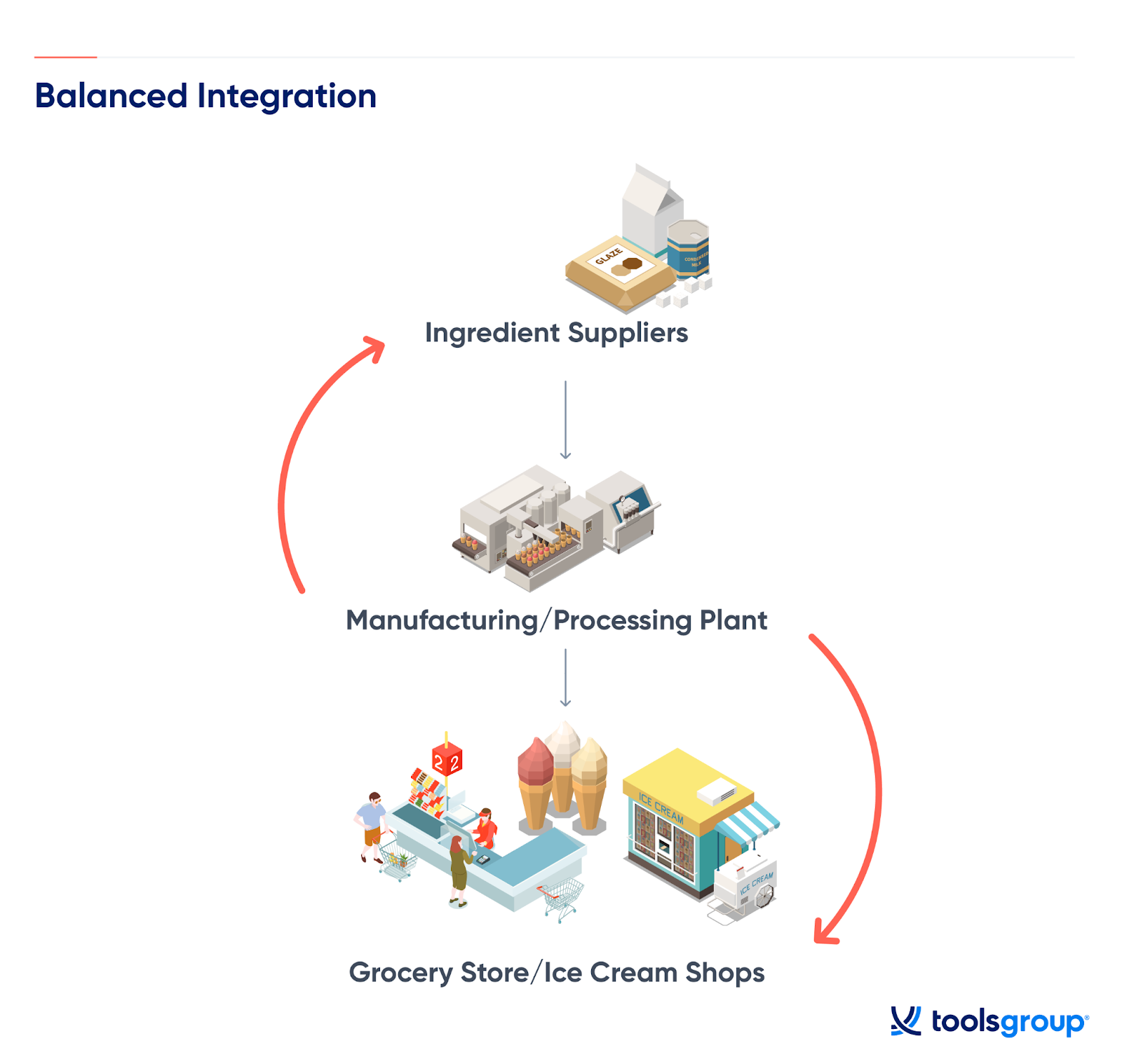
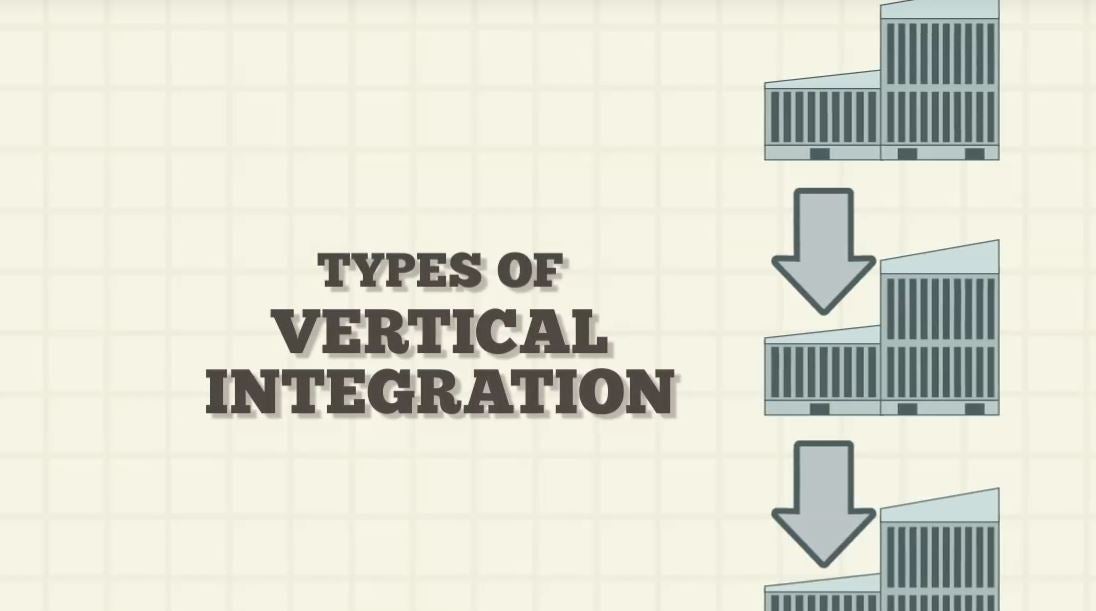
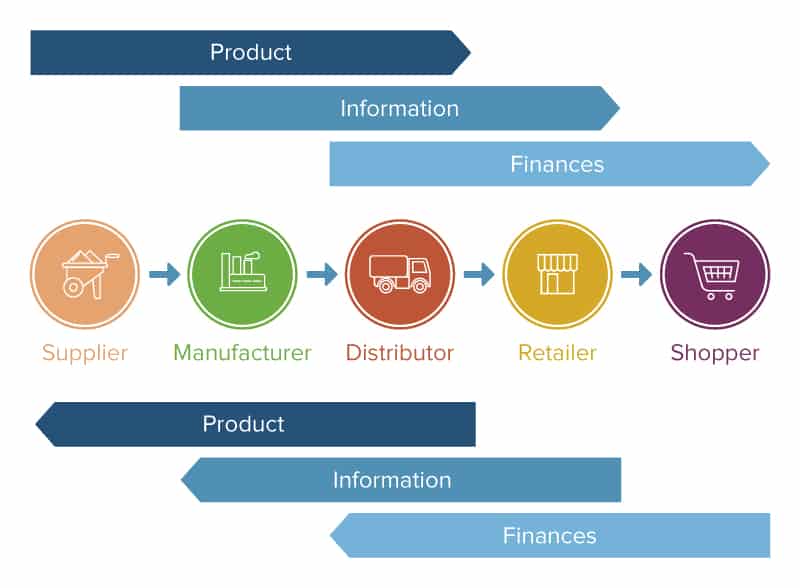

Categories: Details 38 How Does Vertical Integration Create Value
See more here: c1.chewathai27.com

One of the main benefits of vertical integration is that it can help a company gain a competitive advantage in the market. By owning more stages of the supply chain, a company can reduce its dependence on external suppliers, customers, or intermediaries, and avoid potential disruptions, delays, or price fluctuations.Vertical integration makes sense as a strategy, as it allows a company to reduce costs across various parts of production, ensures tighter quality control, and ensures a better flow and control of information across the supply chain.Vertical integration may lead to lower transportation costs, smaller turnaround times, or simpler logistics if the entire process is managed in-house. This may also result in higher quality products as the company has direct control over the raw materials used through the manufacturing line.
Learn more about the topic How does vertical integration create value.
- Vertical Integration: Pros, Cons, Types, and Tips – LinkedIn
- When does it make sense for a company to pursue vertical …
- Vertical Integration Explained: How It Works, With Types and …
- Is Vertical Integration Profitable? – Harvard Business Review
- Vertical integration: advantages for business (and examples) – Indeed
- How Does Vertical Integration Work? Pros, Cons and Examples – NetSuite
See more: c1.chewathai27.com/category/money-policy
